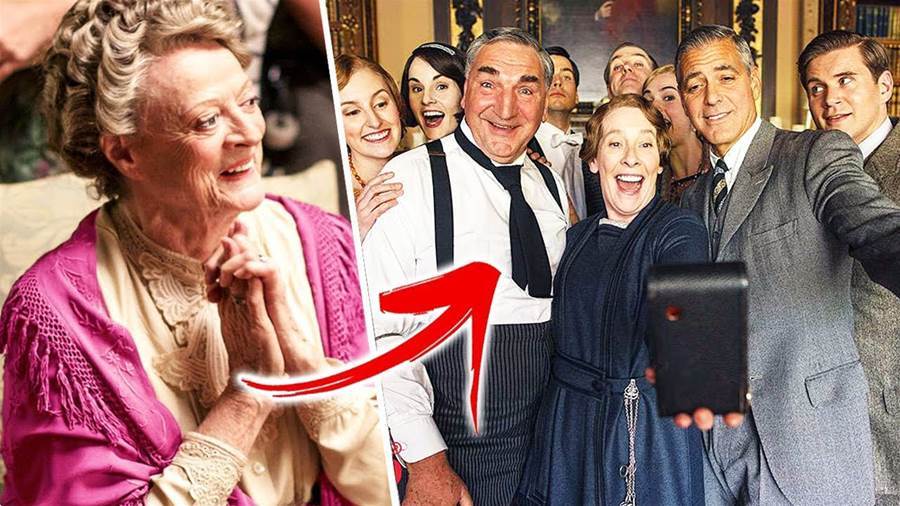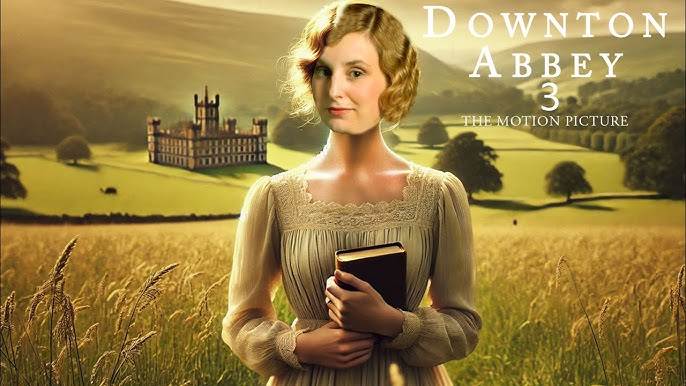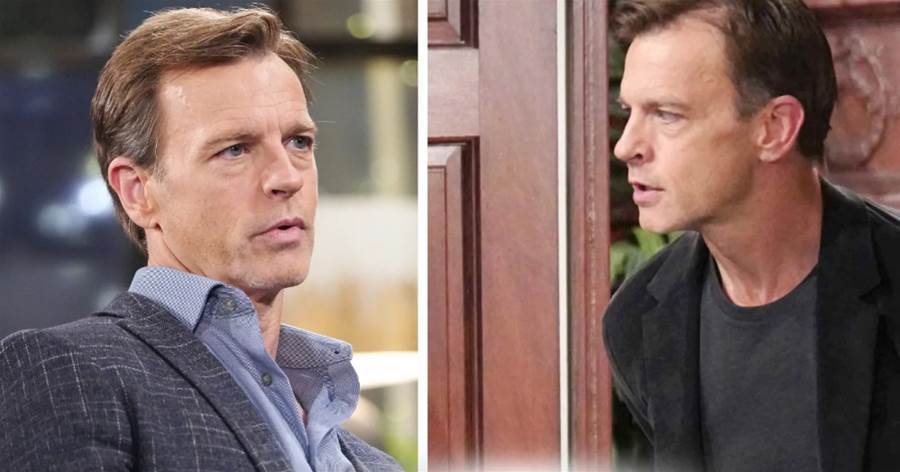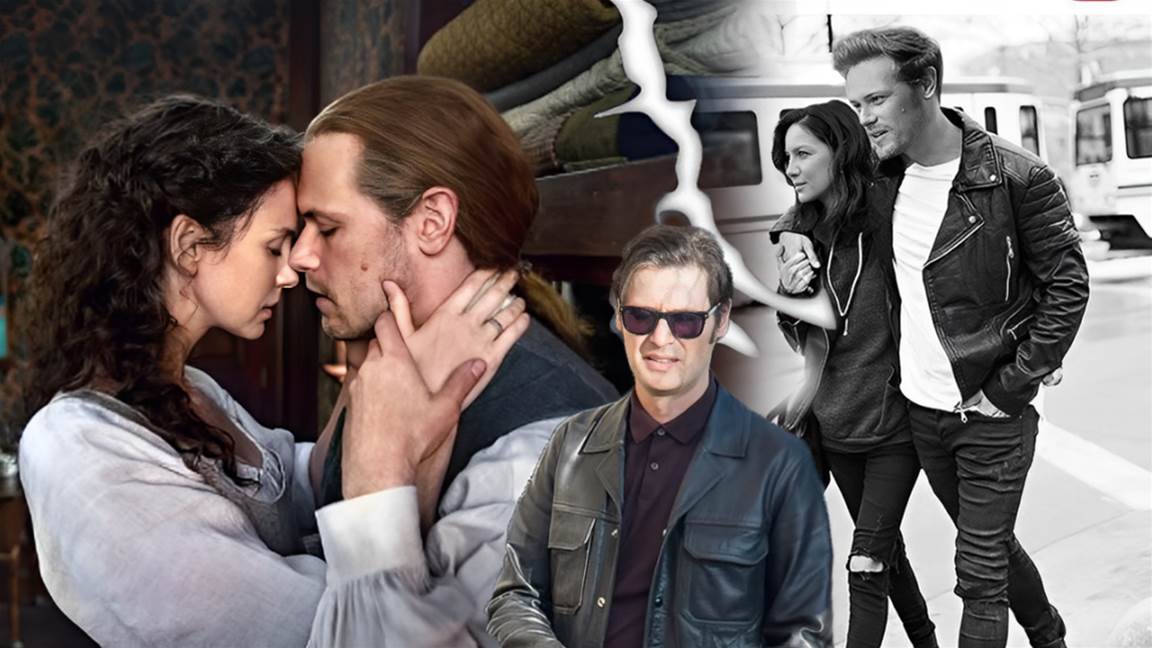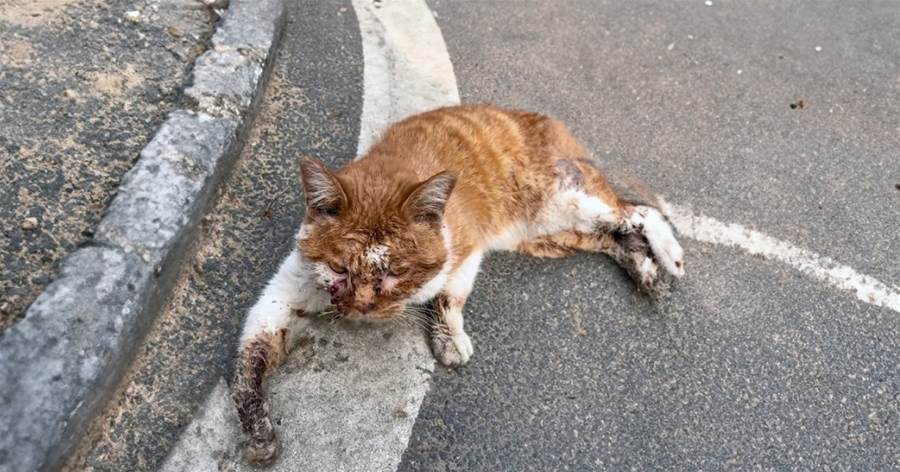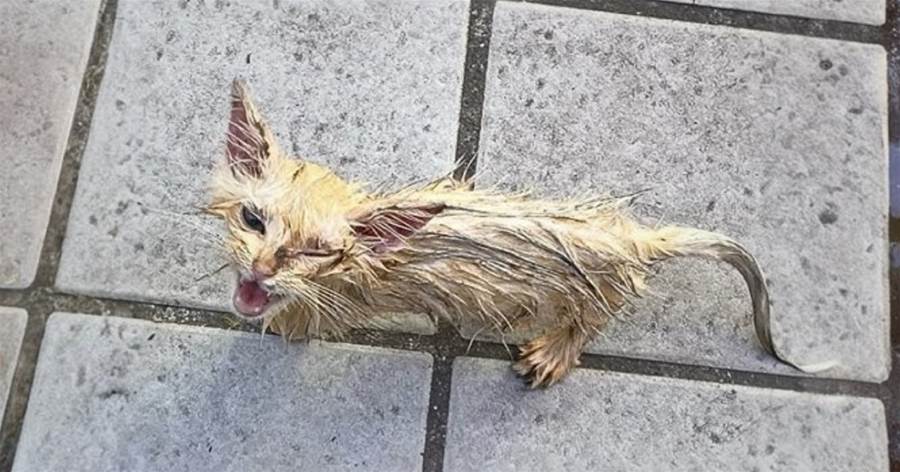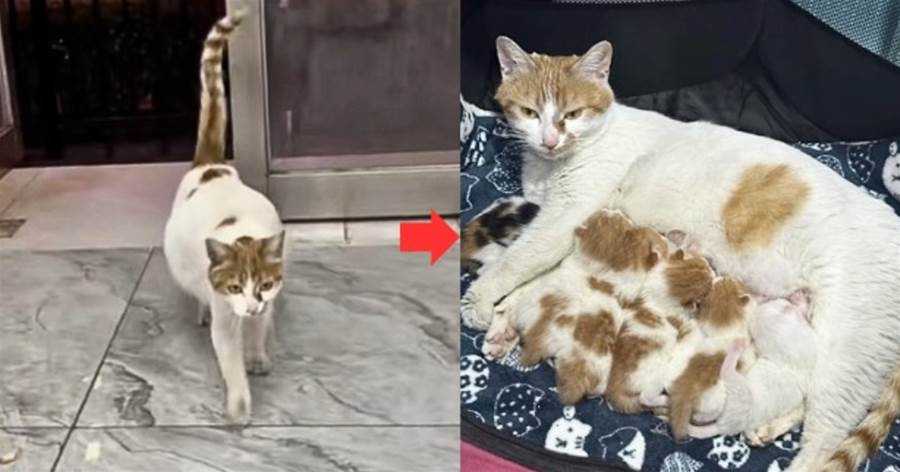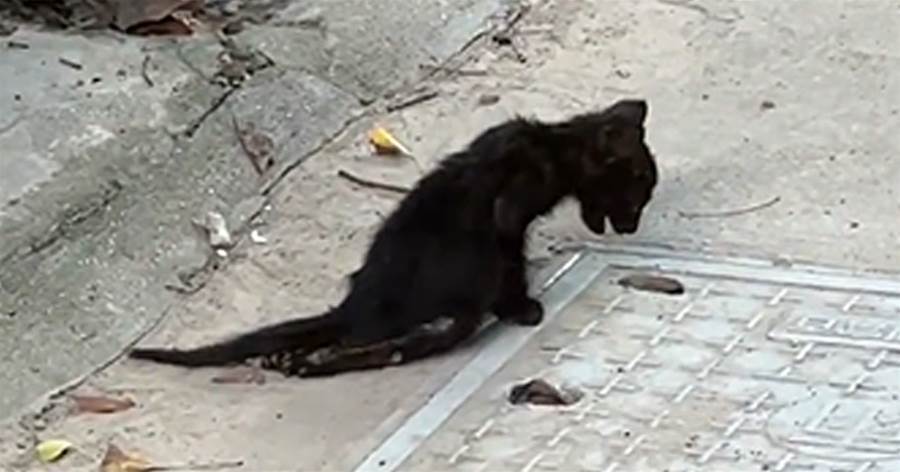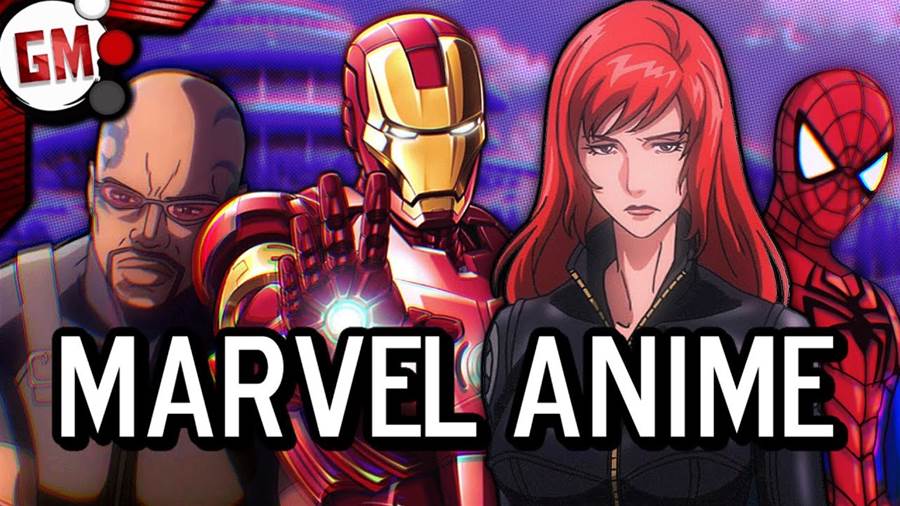
- **Cultural Overlap**: The text discusses the overlap between Japanese manga and Western superhero comics, highlighting the fun in reading stories about eccentric characters in colorful outfits with superpowers.
- **Translation into Animation**: Both Japanese manga and Western superhero comics translate well into animated formats, sparking interest in Japan's attempts to merge their style with Marvel superheroes.
- **Wolverine's Adventure in Japan**: Wolverine's first solo comic arc involves him traveling to Japan to rescue his love, Mariko Yashida, from an arranged marriage enforced by her crime boss father, Lord Shingen.
- **Complicated Relationships**: In the comic, Wolverine allies with Yukio, a complex character with her own motivations, to defeat Shingen. This storyline introduced important side characters for Wolverine’s future adventures.
- **Faithful Retelling with Modifications**: The anime retells this story with slight modifications, including changing Mariko’s engagement instead of marriage, altering some character names, and adjusting character interactions and relationships.
- **Name Changes in Anime**: Notable changes include Mariko's husband becoming Hideki Kurohagi instead of Noburo Hideki and Wolverine's friend Asano being renamed to Tesshin Asano.
- **Comic Elements Retained**: Many iconic scenes from the comic, such as Wolverine's wooden sword duel and the murder of Asano, are retained in the anime.
- **Marvel Universe Integration**: The anime incorporates broader Marvel universe elements, like Hideki’s connections with Madripoor and funding from AIM, while introducing appearances by other Marvel characters like Cyclops.
- **Simplified Character Dynamics**: Yukio's character is simplified; her motivations are clearer, removing her complicated loyalties and instead focusing on her desire for revenge against Shingen for personal reasons.
- **New Anime Characters**: The anime adds new characters like Kikyo, altering the story's trajectory and creating new rivalries that are less engaging than the original material.
- **Voice Acting and Design Issues**: The portrayal of Wolverine in the anime, voiced by Milo Ventimiglia, is criticized for not matching the character's traditional rugged and gritty appearance and demeanor.
- **Aesthetic Differences**: The anime’s art style is described as overly detailed, with character designs that sometimes appear confusing due to intense shading and inconsistent depiction of clothing.
- **Use of Wolverine’s Powers**: The anime underutilizes Wolverine’s claws and healing powers, limiting the depiction of brutal fight scenes and graphic injuries, which is seen as a missed opportunity given the show's potential rating.
- **Comparison to Other Media**: Animated fight scenes in the anime are less impactful compared to those in "Hulk vs. Wolverine," which are praised for their graphic intensity and effective use of Wolverine’s abilities.
- **General Critique**: Overall, while the source material is respected, the anime adaptation makes several changes that simplify and alter character dynamics, which might detract from the original depth of the comic's storyline.

The article is not finished. Click on the next page to continue.
Next page



